
14 Pics Of Misbehaving Goats That Were Forced To Wear Pool Noodles For Everyone’s Safety
Goats are great! Generally calm and fun-loving farm animals, they can make a perfect addition to the family if you have a little space for them to roam and plenty of grass to munch on. Sometimes though, their playful and competitive nature can get a little over the top, and those pointy goat horns can do some damage to fellow animals and humans alike.
Image credits: spookperson
While training your pet goat while it’s young, to avoid any aggressive behavior when they grow up, is the most desirable course of action, this pool noodle solution is a cute and funny temporary solution. How long they actually stay on the horns of these smart animals before they are ripped off and chewed is questionable, but if it protects someone from injury, then why not?
Image credits: yeshua_porvida
Aggressive behavior can be anything from simply stubbornly disobeying and showing no respect to owners, to biting, kicking, and pushing things around with their sharp little horns. They don’t always do it on purpose, though, as these pool noodles can protect children playing with cute goats from getting hurt, or perhaps during milking.
Image credits: LittleDank
Image credits: MaldonadoBBC
And it’s not just pool noodles! People have improvised in all kinds of ways to protect them from headbutts. From buckets and duct tape to tennis balls stuck on the sharpie bits.
Image credits: NellieMade
Image credits: bobateaisbesttea
Image credits: bobateaisbesttea
Whatever method you choose, remember that training is always the best option, even if these funny goats are famously stubborn and mischievous. It may take time and patience, but you’ll have endless fun watching your buddy wandering around with brightly-colored pool noodles fastened tightly on its horns!
Image credits: bobateaisbesttea
Image credits: WhiteFeatherFarms
According to the folks at Dummies, you can teach these funny animals to do almost anything with clicker training, just like you would with a dog. “You need a clicker, which is a mechanical device that makes a click sound, and treats such as peanuts or flakes of cereal,” they write. “By combining the click with a treat, you reinforce that the goat is doing the right thing. You need to start by getting the goat to make a connection between the clicker and a treat. To do this, click the clicker and then give the goat a treat about 20 to 30 times. Your goat begins to associate the clicker with food and eventually responds to just the clicker, so you don’t have to supply a treat every time.”
Image credits: babygoatsandfriends
“After you’ve shown the goat that treats are tied to clicks, you can start training. You train by issuing a command (“Come,” for example), and then clicking as the goat does what you want it to do and giving the goat a treat after he completes his task.”
Image credits: Ross Freedman
“Of course, the goat won’t follow your command without practice. If the goat doesn’t respond to the command or does the wrong thing, you can just say “wrong” or another word, and then try again. Always click as the goat does the behavior and then give the treat. If you give the treat first, you risk the goat being caught up in eating and not noticing the clicker.”
Image credits: imgur.com
What do you think? Do you have a goat, or would you consider getting one? Could you imagine training a goat to be obedient? Tell us your opinion in the comments!
Image credits: joshg_yz250
Watch a video of a noodled-up goat in action below
449Kviews
Share on FacebookThere is a major problem with this "solution" and that is that the primary function of a goat's horns is as a heat sink to regulate temperature. Covering the horns when the temps are hot can cause the goat to overheat. It seems that a lot of people do not understand the purpose of a goat's horns because it is not a weapon. Goats butt with their extra thick skulls and only the base of the horn where it exits the head generally make contact. Goat horns grow out backwards and the only way those are going to be effective in a defensive manner is if something is literally at their back. Other than temp regulation, they use them to scratch their butts and sometimes to lever a fence they are trying to get out of.
THANK YOU! Finally someone who actually knows something about goats!!!!
Load More Replies...The only problem is it's not just the end of the horns that are dangerous. The force with which the goat head butts you is the bigger issue, especially if you have a goat weighing 100lbs+. Pool Noodles won't help you then.
Yea, and goats generally butt with the head, not the horns. The horns are a heat sink that helps regulate their temperature, not a weapon. I had goats for years and only got struck by a horn once by mistake when I was behind the goat trying to help her when the mechanism on our milking stand malfunctioned. The horns go backwards - you aren't getting poked with them unless you're behind the goat.
Load More Replies...So you both of you walked around with pool noodles around your private parts? ;-)
Load More Replies...There is a major problem with this "solution" and that is that the primary function of a goat's horns is as a heat sink to regulate temperature. Covering the horns when the temps are hot can cause the goat to overheat. It seems that a lot of people do not understand the purpose of a goat's horns because it is not a weapon. Goats butt with their extra thick skulls and only the base of the horn where it exits the head generally make contact. Goat horns grow out backwards and the only way those are going to be effective in a defensive manner is if something is literally at their back. Other than temp regulation, they use them to scratch their butts and sometimes to lever a fence they are trying to get out of.
THANK YOU! Finally someone who actually knows something about goats!!!!
Load More Replies...The only problem is it's not just the end of the horns that are dangerous. The force with which the goat head butts you is the bigger issue, especially if you have a goat weighing 100lbs+. Pool Noodles won't help you then.
Yea, and goats generally butt with the head, not the horns. The horns are a heat sink that helps regulate their temperature, not a weapon. I had goats for years and only got struck by a horn once by mistake when I was behind the goat trying to help her when the mechanism on our milking stand malfunctioned. The horns go backwards - you aren't getting poked with them unless you're behind the goat.
Load More Replies...So you both of you walked around with pool noodles around your private parts? ;-)
Load More Replies...
 Dark Mode
Dark Mode 

 No fees, cancel anytime
No fees, cancel anytime 






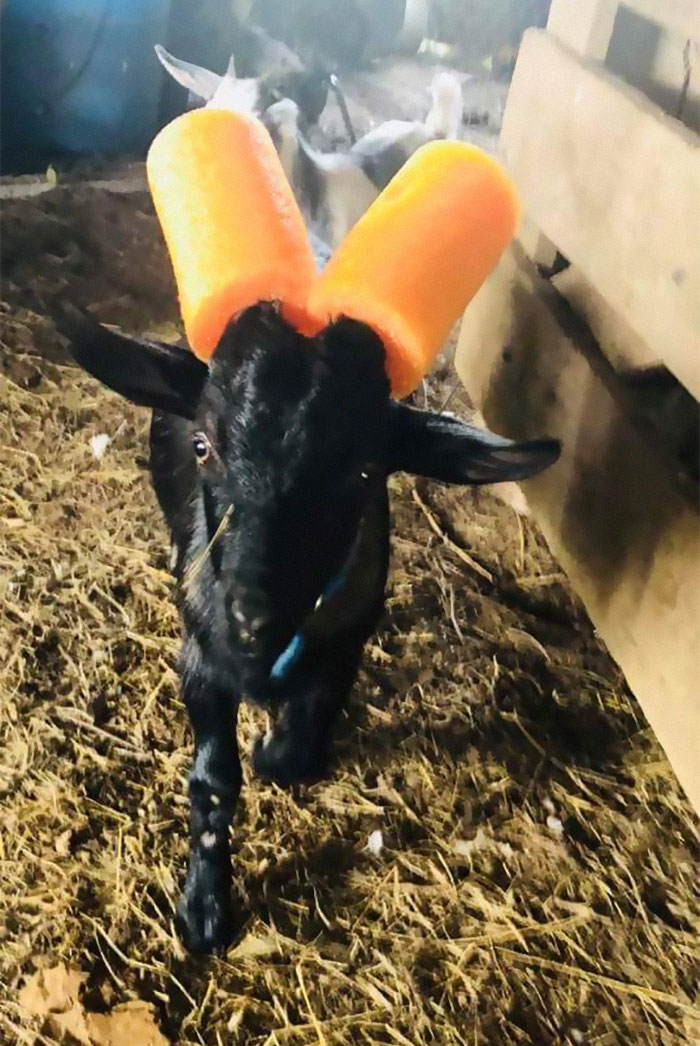

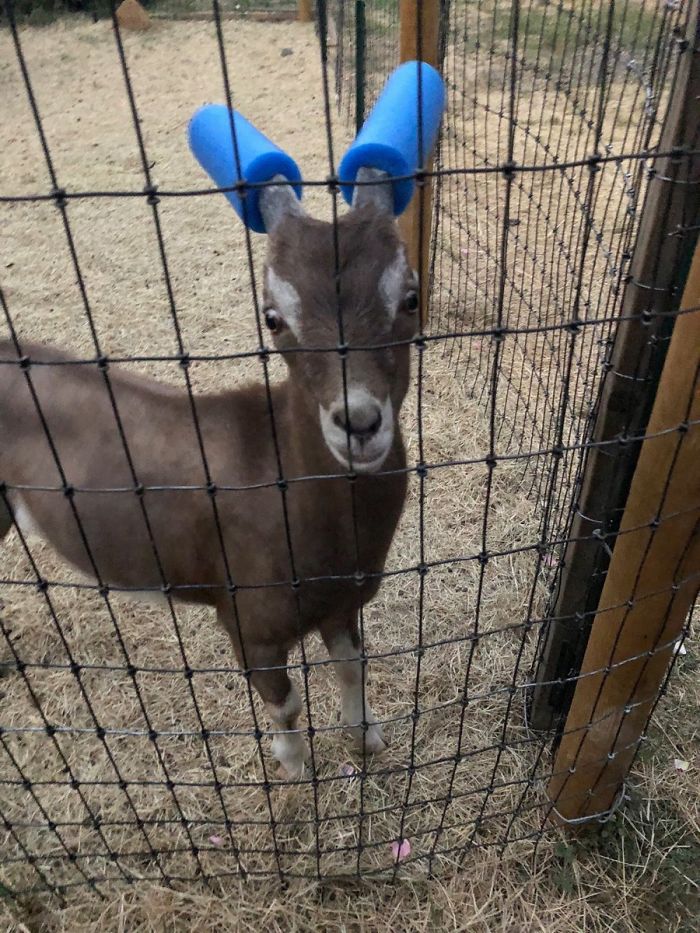

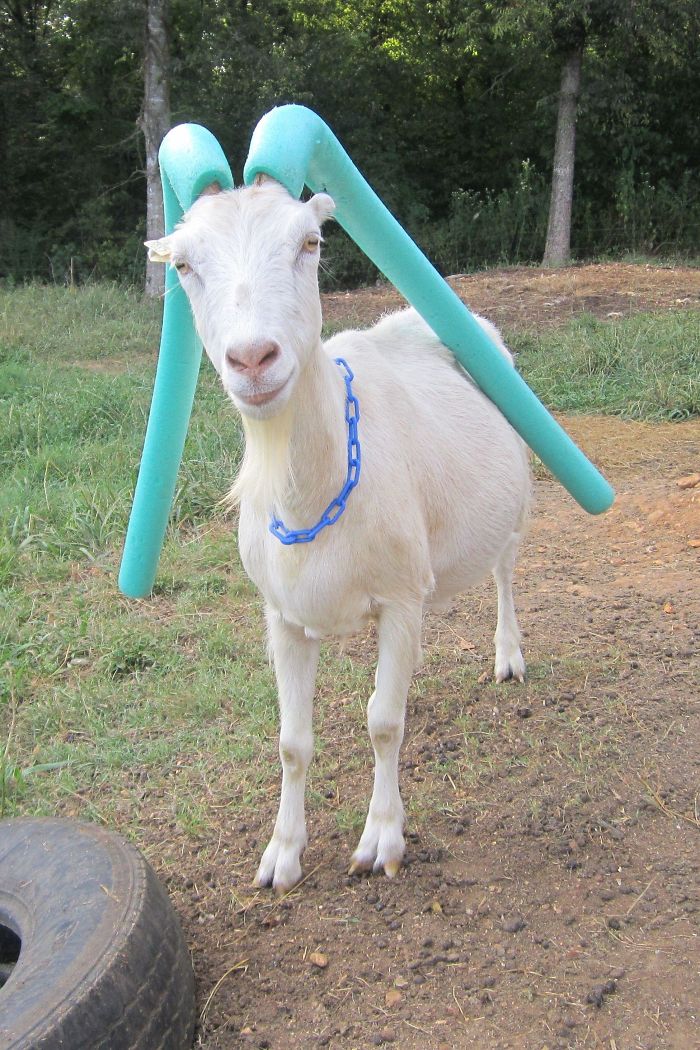
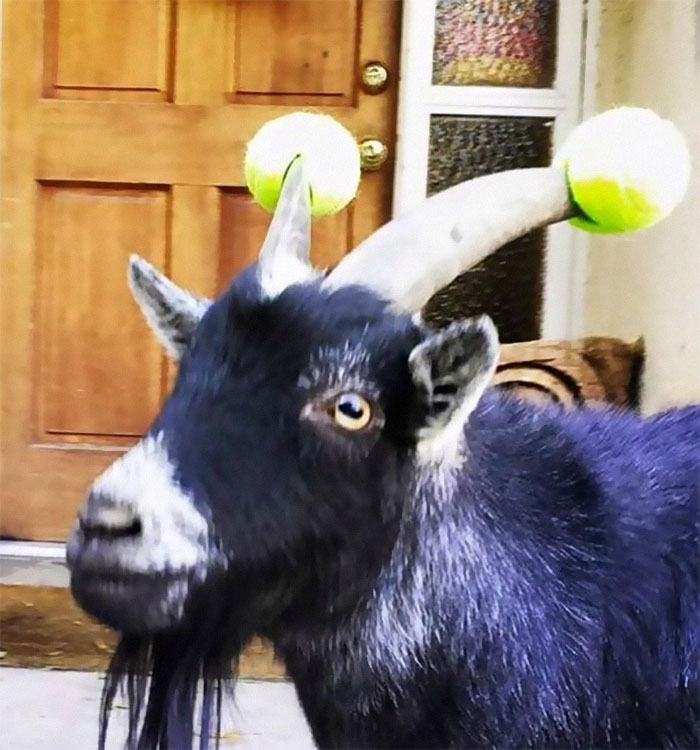

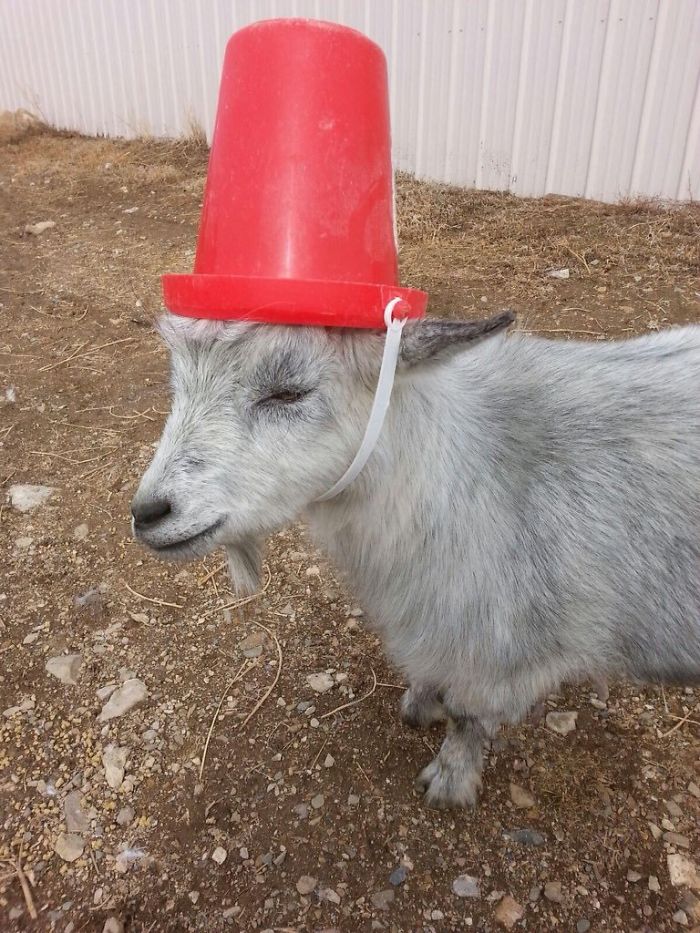

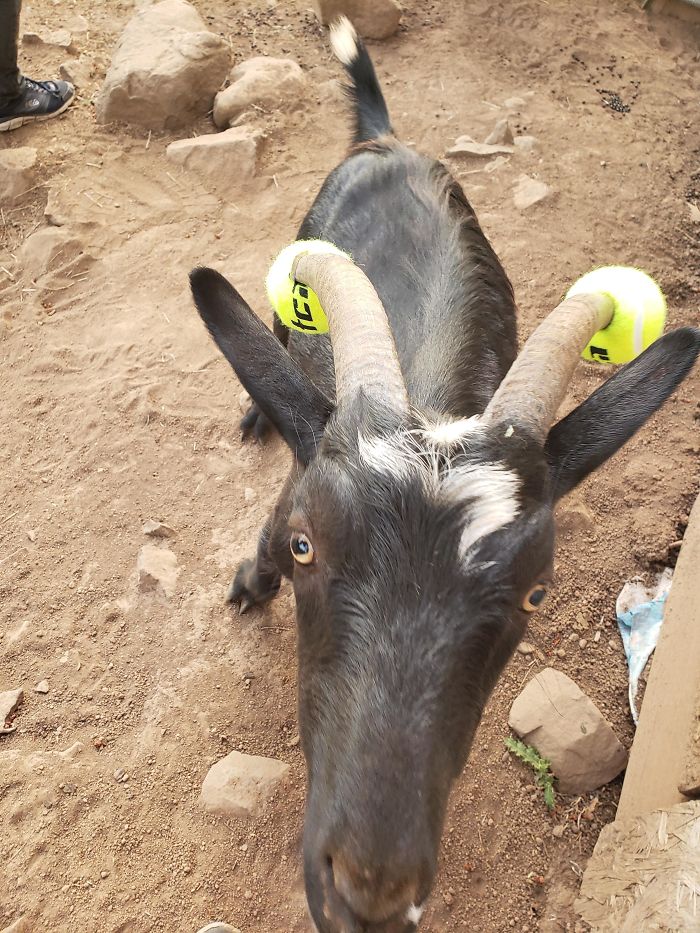

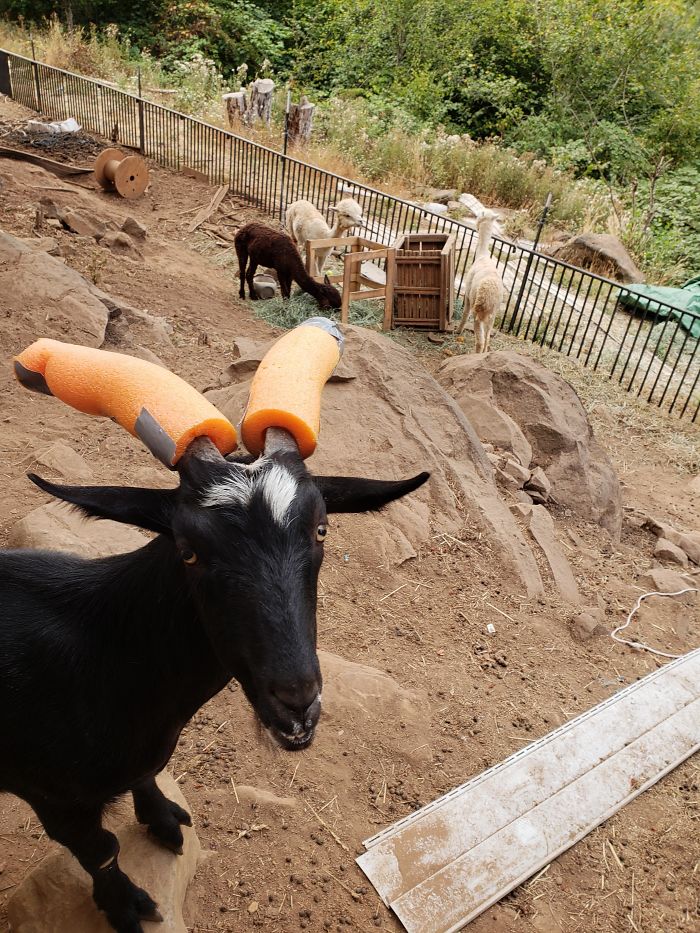

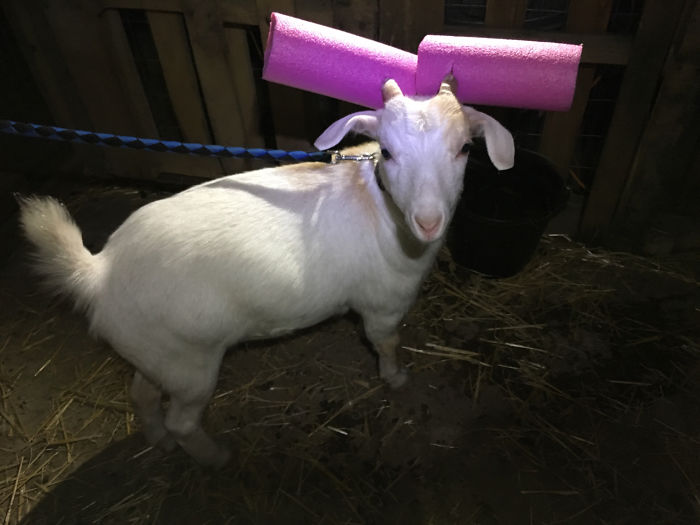
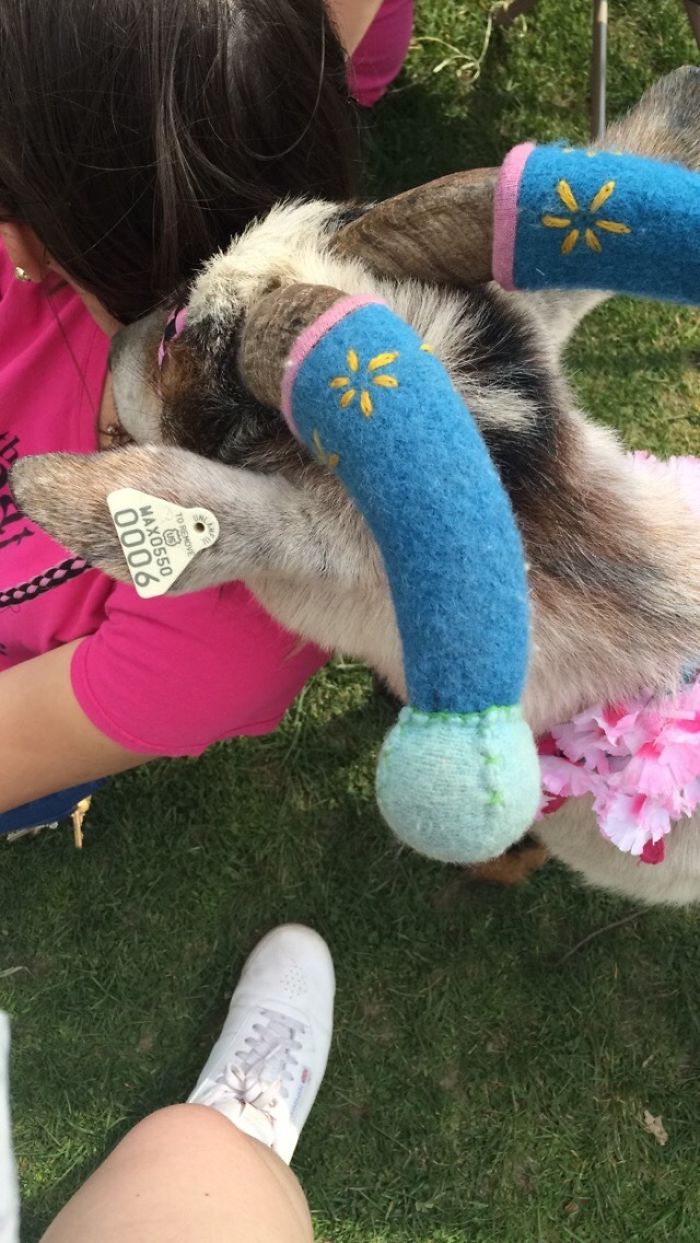
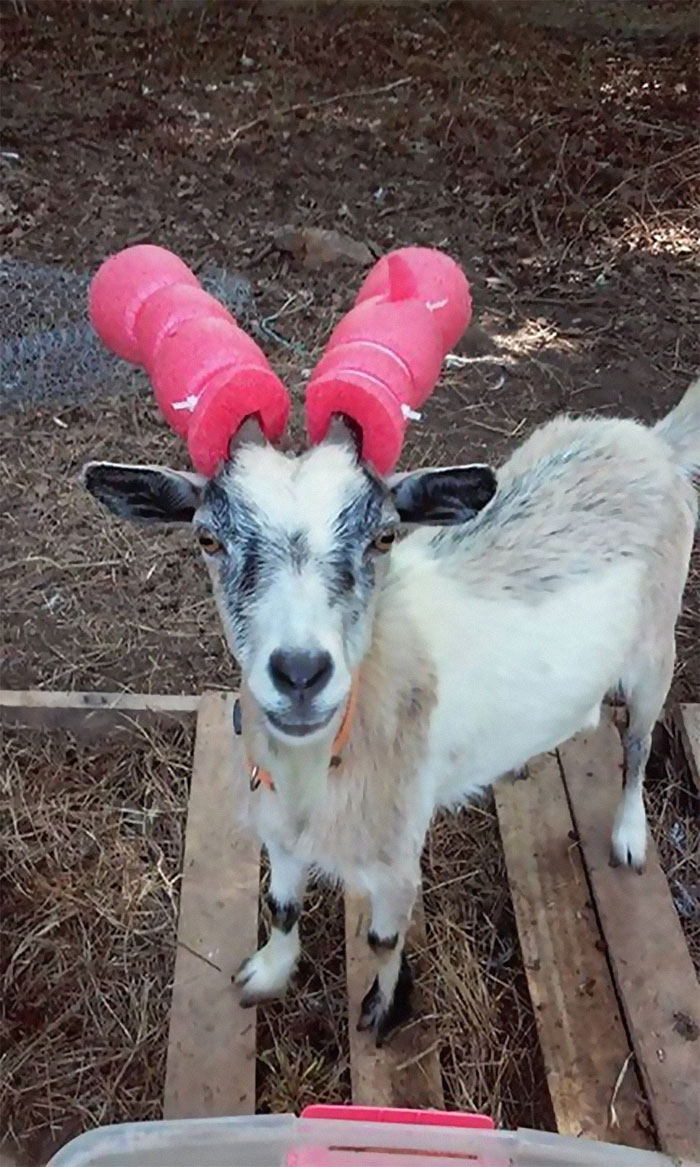

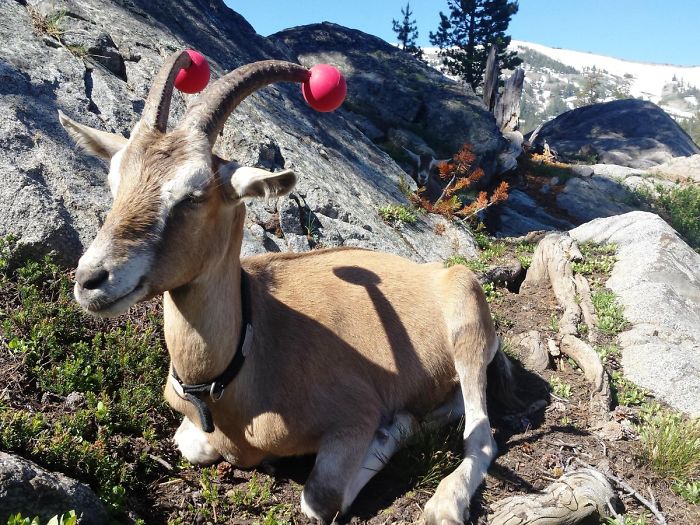
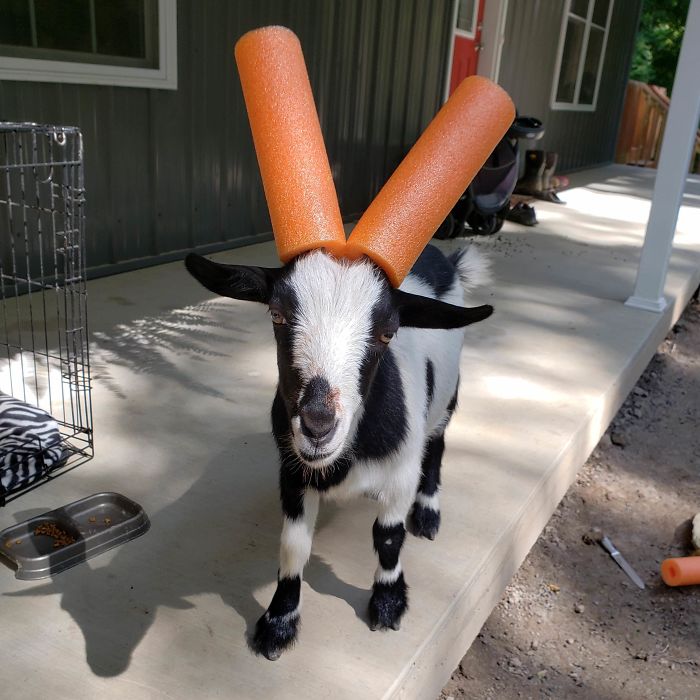
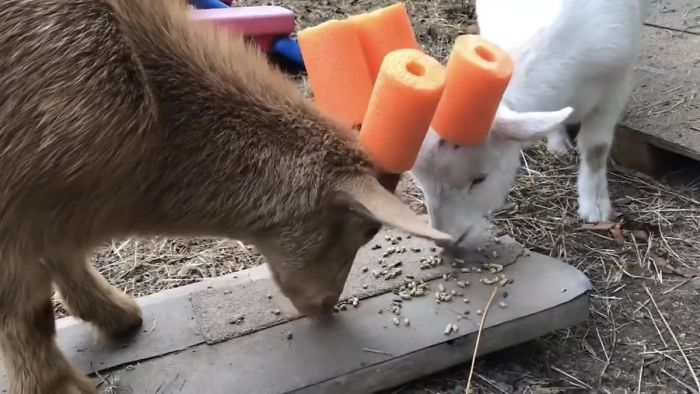
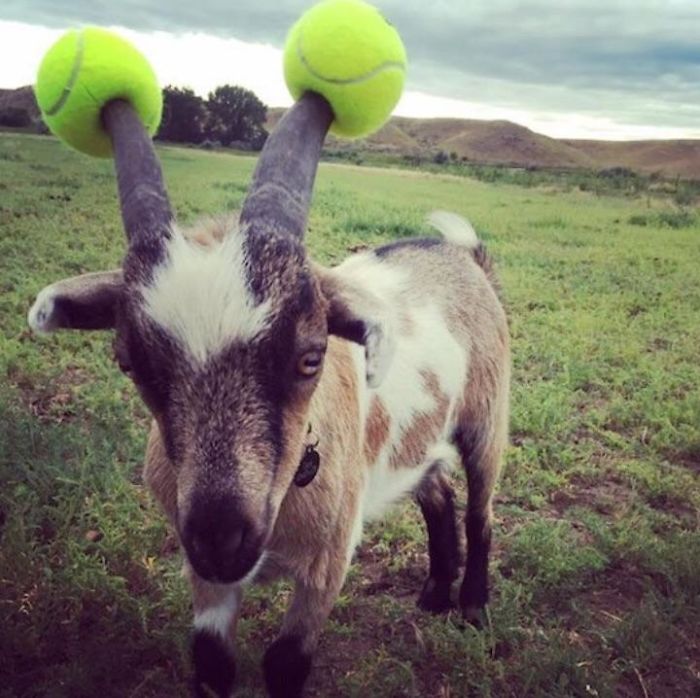











































281
44